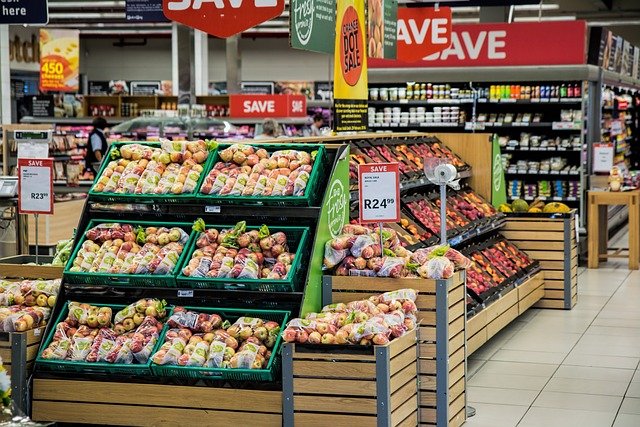Grocery: Retail Practices and Product Opportunities
Grocery retail encompasses more than perishables on shelves; it is a space where product sourcing, merchandising, and community connections intersect. From stocking specialty items to hosting local vendors, grocery stores balance convenience, variety, and regulatory considerations. This article outlines how different product categories and selling formats—antique-themed goods, collectible packaging, external vendors, craft producers, and outdoor markets—can fit into grocery operations while remaining mindful of logistics and customer expectations.

How do antique items fit into modern grocery retail?
Antique goods are not typical grocery inventory, but small antique-themed items can complement store aesthetics or seasonal displays. Examples include refurbished signs, vintage-style shelving, or display props that support branding and create a nostalgic atmosphere. When grocery retailers source genuine antique pieces, they should verify provenance, assess safety (no sharp edges or lead paint), and consider insurance and local regulations. Antiques can also be offered through consignment arrangements with specialty sellers, which reduces inventory risk for the grocery while allowing customers to encounter unique pieces in a familiar shopping environment.
Can grocery stores sell collectible packaging or memorabilia?
Collectible items such as limited-edition packaging, retro-branded tins, or brand memorabilia can attract niche customers and encourage repeat visits. Grocers working with brand partners can rotate collectible releases to maintain interest. For perishable goods, collectible packaging should meet food-safety and labeling requirements; for non-food memorabilia, clear separation and signage prevent consumer confusion. Tracking demand for collectible items through point-of-sale data helps inform reorder quantities and promotions. Collaborations with local artists or brands that produce collectible runs can also reinforce the store’s identity with minimal inventory risk if release sizes are planned conservatively.
How can a vendor partner with grocery stores?
Vendors—whether local producers, wholesalers, or specialty suppliers—provide the diverse inventory that defines many grocery stores. A vendor partnership typically covers product standards, delivery schedules, pricing terms, and liability insurance. Smaller vendor partnerships can use consignment or short-term trial placements to test customer response; larger suppliers usually follow formal purchase agreements. Effective vendor management includes clear labeling, compliance with food safety rules, and integration into inventory systems. For local services and community engagement, grocery stores can curate vendor selections that reflect regional preferences, sustainable sourcing, or seasonal offerings to strengthen local supply chains and customer loyalty.
What craft and small-batch products work in groceries?
Craft and small-batch products—artisan jams, handmade condiments, or small-run baked goods—appeal to shoppers seeking distinct flavors and locally made items. Successful craft products for grocery shelves typically have consistent quality, compliant labeling, and scalable packaging suitable for shelf life and transport. Stores should vet producers for food-safety certifications where required and establish clear return or spoilage policies. Merchandising craft items near related categories or in dedicated local product sections helps visibility. Collaboration with craft producers on sampling events or informational signage can educate shoppers on provenance and production method, making craft items an informational and commercial asset.
How can outdoor markets and pop-ups complement grocery sales?
Outdoor markets and pop-up events extend a grocery’s reach into the community and offer a testing ground for vendors and products. Markets held in parking lots, plazas, or adjacent outdoor spaces can introduce shoppers to seasonal produce, collectibles, or artisan goods in an experiential setting. Organizers should coordinate permits, sanitation, waste management, and traffic considerations with local authorities. Pop-ups are useful for introducing collectible runs, craft producers, or independent vendors that might later transition onto permanent shelves. Properly promoted, outdoor events can create cross-traffic between the market and in-store offerings while providing vendors with real-time customer feedback.
Conclusion
Grocery retail can accommodate a wide range of adjacent product types and selling formats when operational, regulatory, and merchandising factors are considered. Integrating antique aesthetics, collectible merchandise, external vendors, craft producers, and outdoor events requires clear agreements, attention to safety and labeling, and measured merchandising strategies. Note on research: during preparation of this article, an API request returned an error stating “Too Many Requests.” This report documents that an external data retrieval attempt was rate-limited, and readers should be aware that some automated source checks may be subject to availability constraints.




